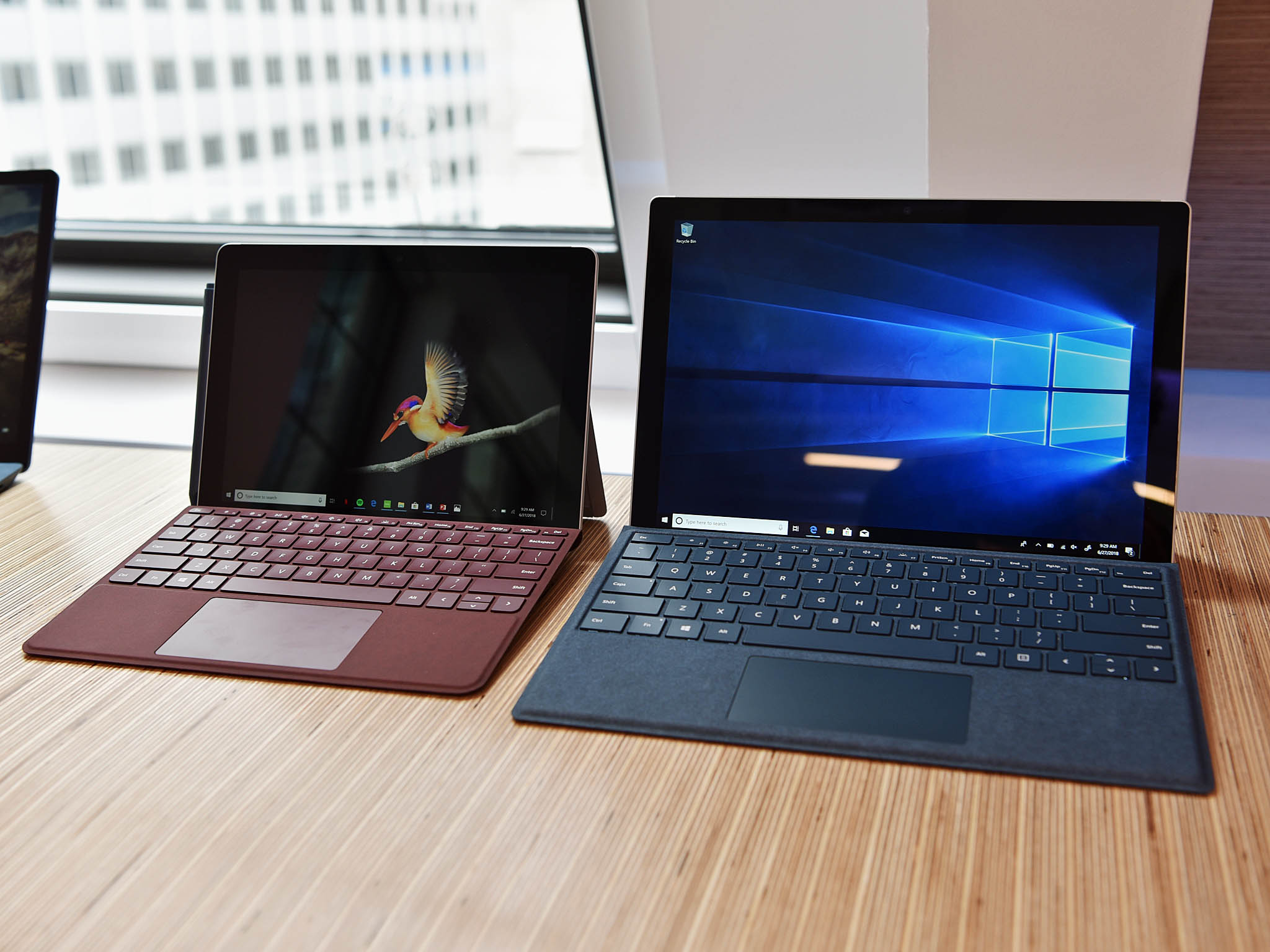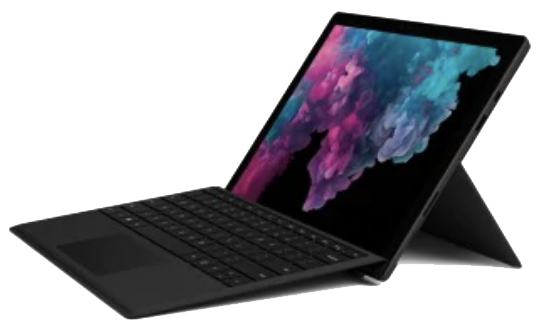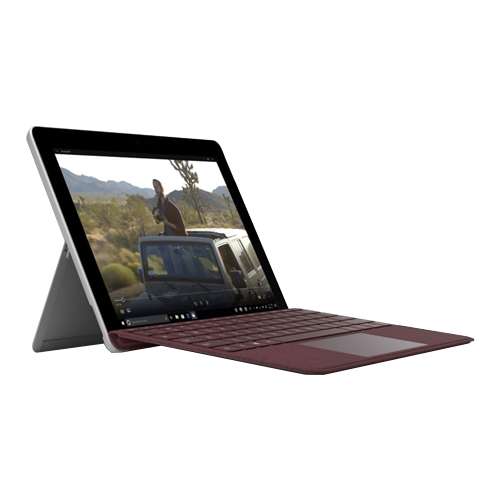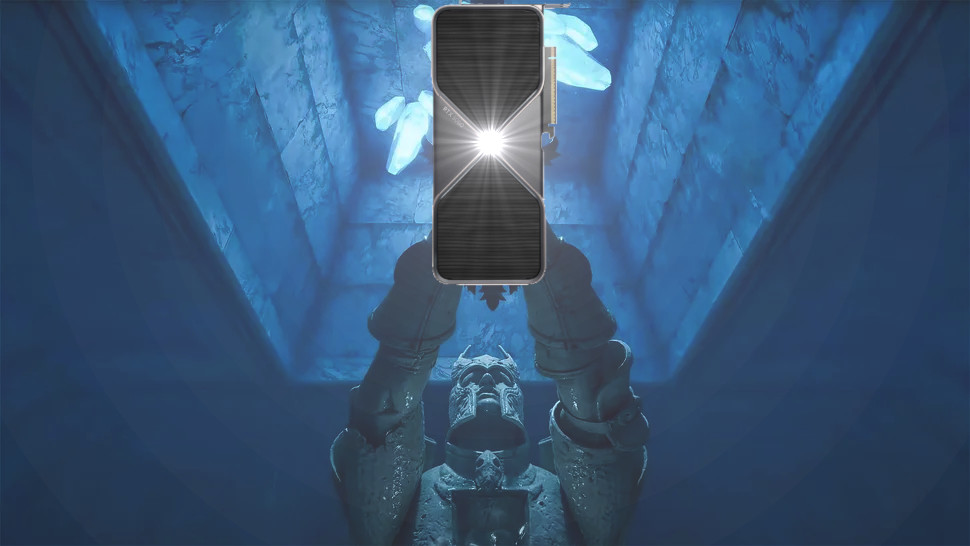Surface Pro 6 vs. Surface Go: Which should you buy?
We live and breathe Windows devices, including those from Microsoft, and have reviewed them all to find the best one that fits you.


Power house
The Surface Pro 6 has been updated with 8th Gen Intel Core processors (CPU) and a new black color finish, but it doesn't yet have LTE support and is lacking USB-C. It has plenty of configuration options available, and a bigger screen for more content.
For
- Different configuration options available
- IR camera for Windows Hello
- High-resolution touch display
- Superior inking experience
Against
- No LTE connectivity
- No USB-C

More portable
The Surface Go is the most portable Surface yet, and despite its lower price, it retains a quality build. However, if you need more power or a bigger display, the Surface Pro is a better buy.
For
- LTE available
- High-res touch display
- Compatible with Surface Pen
- Smaller design
Against
- Not as powerful as Surface Pro
- Battery life not amazing
The Surface Pro 6 and the Surface Go are two very similar, yet very different devices. Featuring the same design, the Surface Go is just a smaller and less powerful Surface Pro 6, but that's not a bad thing if you're the type of person who only uses their PC for light computing on the go. If you need more power and a bigger screen, the Surface Pro 6 is a much better choice, although you'll be paying a premium for it.
Tech specs
| Header Cell - Column 0 | Surface Pro 6 | Surface Go |
|---|---|---|
| Processor | 8th Gen Intel Core i5-8250U8th Gen Intel Core i7-8650U | Intel Pentium Gold 4415Y |
| RAM | 8GB, 16GB DDR3 | 4GB, 8GB DDR3 |
| Storage | 128GB, 256GB, 512GB, 1TB PCIe SSD | 64GB eMMC128GB SSD |
| Display size | 12.3 inchesTouch | 10 inchesTouch |
| Display resolution | 2,736 x 1,8243:2 aspect ratio | 1,800 x 1,2003:2 aspect ratio |
| Graphics | Intel UHD Graphics 620 | Intel HD Graphics 615 |
| Ports | USB-A 3.0microSD card readerMini DisplayPortSurface Connect3.5mm audioNano SIM | USB-C 3.1microSD card reader3.5mm audioSurface Connect |
| LTE | No | Optional |
| Biometrics | IR camera | IR camera |
| Battery | Up to 13.5 hours | Up to 9 hours |
| Dimensions | Tablet: 11.5 inches x 7.9 inches x 0.33 inches(292 mm x 201 mm x 8.5 mm) | 9.6 inches x 6.9 inches x 0.33 inches(245 mm x 175 mm x 8.3 mm) |
| Weight | 1.69 pounds (768 g) to 1.73 pounds (784 g)Type cover: 0.68 pounds (310 g) | Tablet: 1.15 pounds (0.52 kg)With keyboard: 1.7 pounds (0.77 kg) |
Design and features
When it comes to design, the Surface Pro 6 and the Surface Go are two very similar devices. They both feature a magnesium chassis which feels excellent in the hand, and a kickstand that sits flush with the chassis when not in use, but can be pulled out with ease when needed. Around the back, you'll find a shiny Microsoft logo on the kickstand, which looks clean along with the "platinum" color option available on both devices.
One difference in color choice is that the Surface Pro 6 is also available in black, while the Surface Go is only available in platinum. The black Surface Pro 6 has a slightly different texture to it, making it slightly more grippy and easier to hold. It's still magnesium, but it might show scratches a little easier as underneath the black coating is the silver magnesium.
When it comes to ports, the Surface Pro 6 includes your bog-standard USB-A 3.0 port, along with a Mini DisplayPort, which is great for projecting your Surface to a larger monitor. It also has the Surface Connect port which is used for charging and hooking up to Microsoft's official Surface Dock. The Surface Go omits the USB-A port and Mini DisplayPort for a single USB-C port instead, which means you might need a dongle for hooking up your USB drives.
Both devices feature microSD card expansion slots under the kickstand, and a 3.5mm headphone jack for music. Both also have Type Cover accessories, although the Surface Go's accessories are different from the Surface Pro 6's due to the difference in size. You'll find the Surface Go Type Covers are also a little bit cheaper than the Surface Pro 6's.
Display
Around the front, the Surface Go features a smaller 10.1-inch display, compared to the Surface Pro 6's 12.3-inch display. This means the Surface Go is a much more compact machine, making it an excellent choice for those who are constantly on the go and want something small and light to take with them. The Surface Go's resolution is 1800x1200, which is around the 1080p mark. It's a crisp and clear display, but if you want something better, the Surface Pro 6 is a better choice.
On the Surface Pro 6, you'll find a much higher resolution of 2736x1824, which brings with it a far crisper image for things like photo editing. The bigger 12.3-inch display is also great for getting more on screen at once, something to consider if you work with multiple apps all at once. Both displays feature 10-point multitouch capabilities, and even support for the Surface Pen, although the Surface Pro 6's should have better inking performance.
Get the Windows Central Newsletter
All the latest news, reviews, and guides for Windows and Xbox diehards.
The Surface Pro 6 also supports the Surface Dial accessory on the screen, meaning like the Surface Studio, you can place the Surface Dial directly onto the Surface Pro 6's display when laying down and use the Surface Dial for on-screen functionality. The Surface Go only supports the Surface Dial with off-screen use.
Performance
When it comes to performance, both the Surface Pro 6 and the Surface Go sit in two different categories. The Surface Go is a device for casual users, who often only use their PCs for light workloads such as Office, email, Spotify, and casual web browsing. The Surface Go, with its Intel Pentium processor, is not a powerful machine, but it should be more than fine for daily tasks and light users.
If you want to do any heavy lifting work, or plan on using your device with multiple apps all at once, the Surface Pro 6 is a better choice. Featuring an 8th Gen Intel Core i5 or i7 processor, the Surface Pro 6 is a great choice for editing photos in Photoshop, editing 1080p videos, and multitasking with multiple heavy apps open all at once. If you're a tabaholic in Chrome or Edge, the Surface Pro 6 will have a better time keeping all those tabs in memory.
Go with the Surface Pro 6 for better performance
Microsoft's Surface Pro 6 offers more performance, which means you'll be able to do more with it when required. If, however, you know your workload isn't too heavy, you might be better off saving a couple hundred bucks and opting for the smaller, more portable Surface Go instead. Still offers the same great design, but in a much cheaper and smaller package.

More configurations, better performance.
The latest in the Surface Pro line has 8th Gen Intel Core CPUs, a new black color finish, and mostly the same features as the last generation. It's a great all-around device whether you need a tablet or a PC, and it has the performance to easily get through a day's work.
Microsoft's Surface Go is great for light workloads on the go
The bottom line here is that the Surface Go just doesn't measure up to the power and capabilities of the Surface Pro 6. However, if you're looking for a casual machine for travel and know you won't be doing much computing, you can save a few bucks going with the Surface Go. There's also a version with LTE so you can always remain connected.

